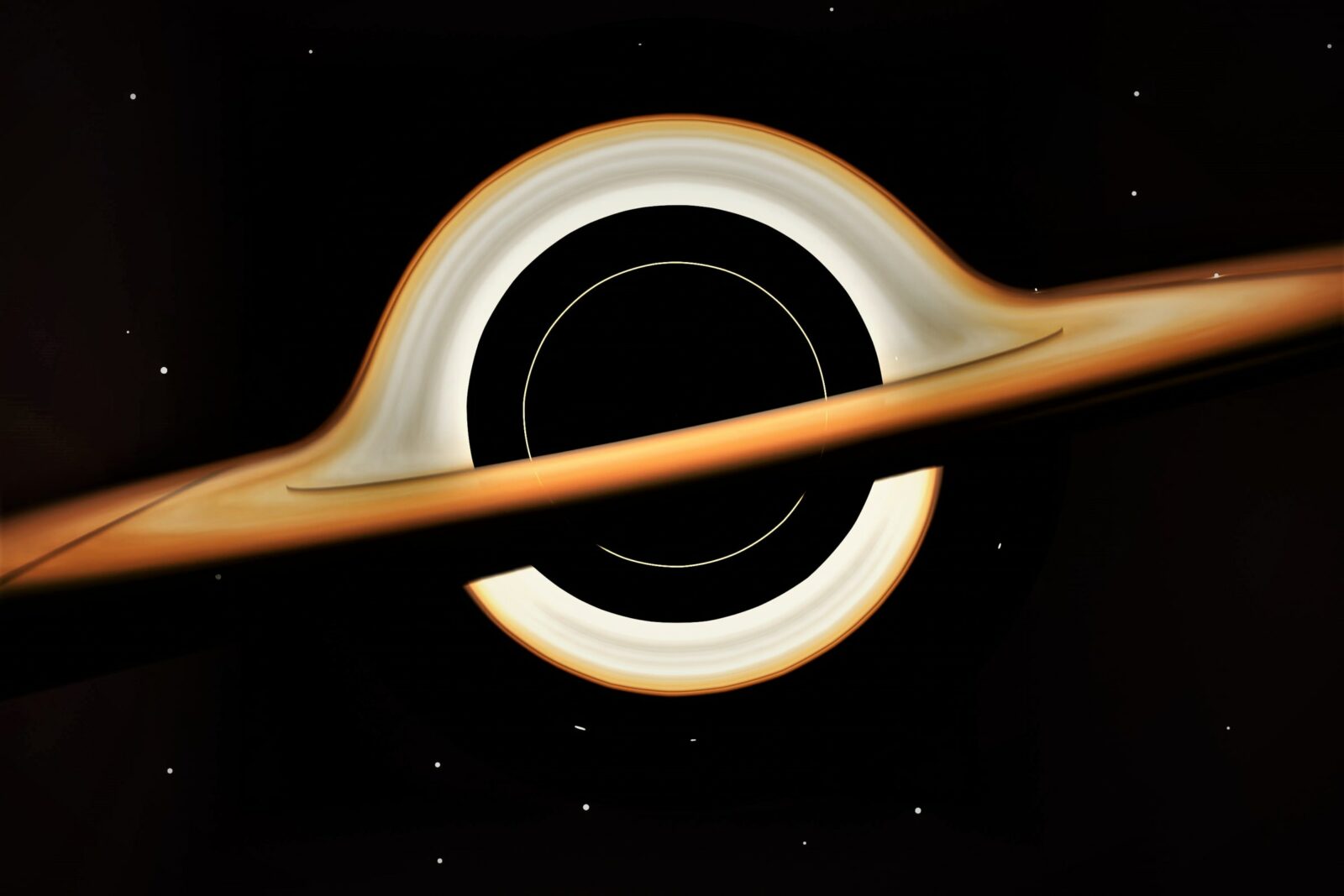Every black hole has a problem at its core. They carry a little piece of the Universe with them as they sizzle away into nothingness throughout the ages. It’s a dilemma that Stephen Hawking highlighted in his groundbreaking work on these giant things, which has prompted experts to ponder possible answers for more than half a century.
There’s a little but substantial defect somewhere among the two finest theories ever built in physics. A recent effort at a novel theory by physicists from the United Kingdom, the United States, and Italy has piqued public curiosity, albeit it will be a long while before we know for sure whether it is the answer we seek.
Are “hairy” black holes the key?
To comprehend why a hairy black hole may be beneficial in terms of paradoxes, it’s first necessary to understand why there is a contradiction in the first place. Black holes are densely packed clumps of stuff whose gravity distorts time and space to the extent that no thing can leave at the appropriate speed. Normally, this would not be a big deal. Hawking, though, realized that black holes must “radiate” in a certain manner. The wave-like character of neighboring quantum fields was changed by their bending of the Universe, resulting in a sort of heat radiation. To make the math work, black holes would progressively emit energy, decrease at an increasing pace, and finally vanish.
The new theory
In the shape of theoretical particles known as gravitons, this novel approach brings quantum reasoning to gravity. These aren’t real particles like electrons or quarks, since no one has ever seen one in person. It’s possible they don’t exist at all. That doesn’t rule out the possibility of imagining what they could look like if they did or considering the quantum states in which they may function.
The team offers a viable model for how the material within a black hole might stay linked to outside space beyond its line-of-no-return — as minor perturbations of the black hole’s “hair”. It’s an intriguing notion with a good foundation. But we have a long way to go before this dilemma is overcome.













Leave a Reply